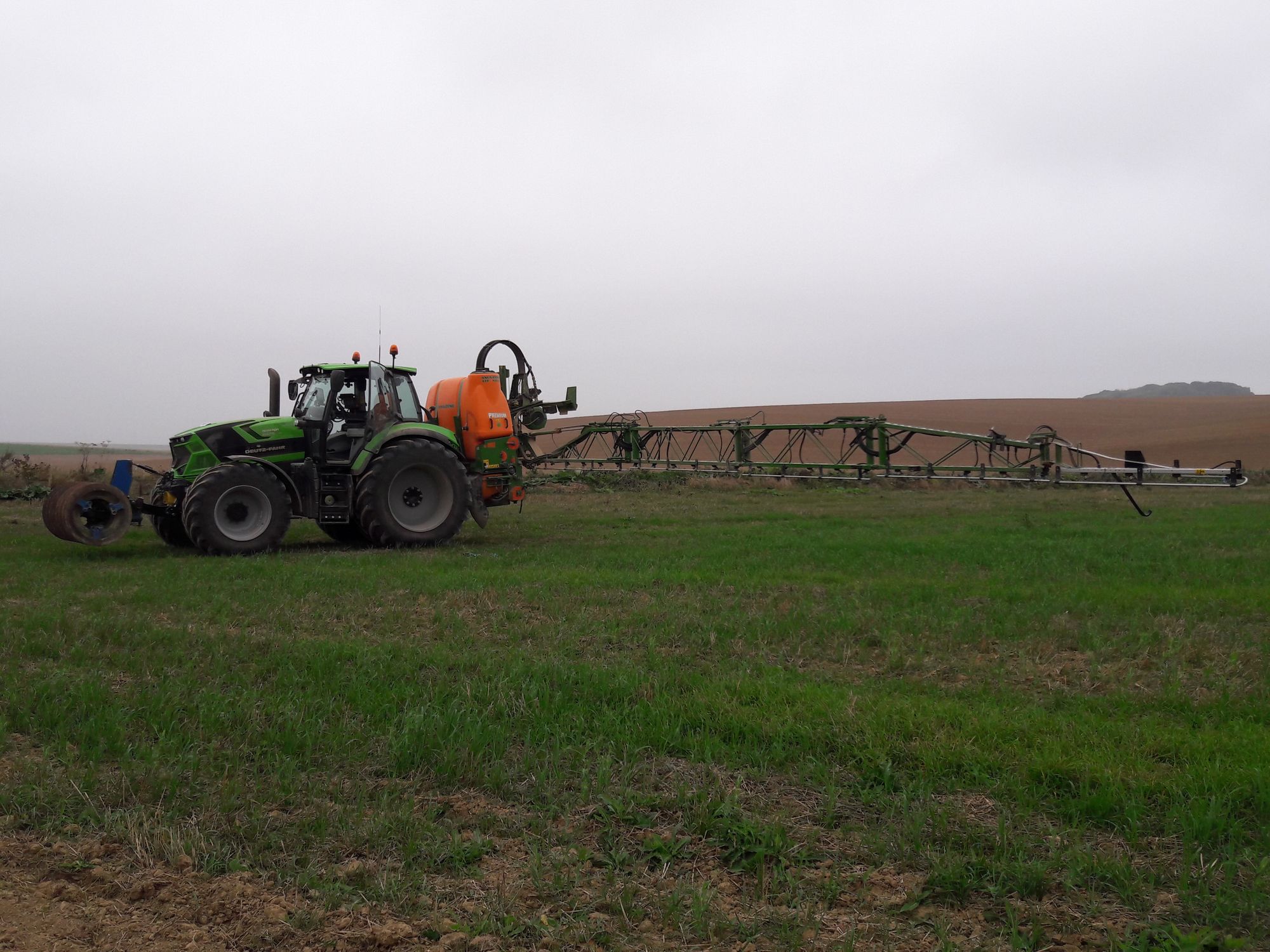Buffer Zones and Beyond: What EFSA's Findings on S-metolachlor Could Mean for EU Farmers

The European Food Safety Authority (EFSA) recently conducted a peer review of the pesticide risk assessment of the active substance S-metolachlor, published February 28, 2023.
S-metolachlor is a selective herbicide that is used to control grass and broadleaf weeds in a variety of crops. It was first registered for use in the United States in 1996, and has since been registered for use in many other countries, including those in the European Union (EU). In the EU, S-metolachlor is authorised for use in several crops, including maize, soybeans, and sunflowers.
It is often used in pre-emergence or early post-emergence applications to control weeds in crops. It works by inhibiting the growth of weed seedlings, and is particularly effective against grassy weeds such as annual bluegrass, crabgrass, and foxtail. The herbicide is generally considered to be safe for use when used according to approved conditions of use.
In the EU, S-metolachlor is primarily used by farmers to control weeds in crops such as maize, soybeans, sunflowers, and rapeseed. These crops are widely grown across the EU, particularly in countries such as France, Germany, Italy, and Spain.
The use of S-metolachlor in the EU is regulated by the European Commission, which sets limits on the amount of the herbicide that can be used in specific crops and establishes requirements for product labeling and risk assessments. These regulations are designed to ensure that the use of S-metolachlor in the EU does not pose significant risks to human health or the environment. The current MRL for S-metolachlor in the EU is set at 0.05 milligrams per kilogram (mg/kg) for a variety of crops, including maize, soybeans, and sunflowers. This means that residues of S-metolachlor in these crops must not exceed 0.05 mg/kg in order to comply with EU regulations.
Despite its effectiveness in controlling weeds, there is some concern about the potential risks posed by S-metolachlor to non-target organisms in the environment, particularly aquatic organisms such as fish and aquatic plants. As a result, the EFSA conducted this peer review of the pesticide risk assessment of S-metolachlor to evaluate its potential risks and make recommendations for risk mitigation measures.
The EFSA peer review report focused on the potential risks posed by S-metolachlor to human health and the environment, excluding the assessment of its endocrine disrupting properties. The report found that S-metolachlor does not pose a significant risk to human health when used according to approved conditions of use. However, there is some potential for the substance to pose a risk to non-target organisms in the environment, particularly aquatic organisms such as fish and aquatic plants. The report recommends that measures be put in place to mitigate the potential risks to the environment, such as restrictions on use near water bodies or the establishment of buffer zones.
EFSA's findings could lead to further regulation of the use of S-metolachlor. For farmers that use S-metolachlor to manage weeds in their crops, the EFSA's report could mean the need to establish buffer zones in areas with high risk of runoff into aquatic environments. This could entail some costs for farmers, as it involves setting aside a portion of their land that cannot be used for crop production.
You can find the EFSA peer review here.

